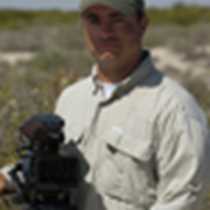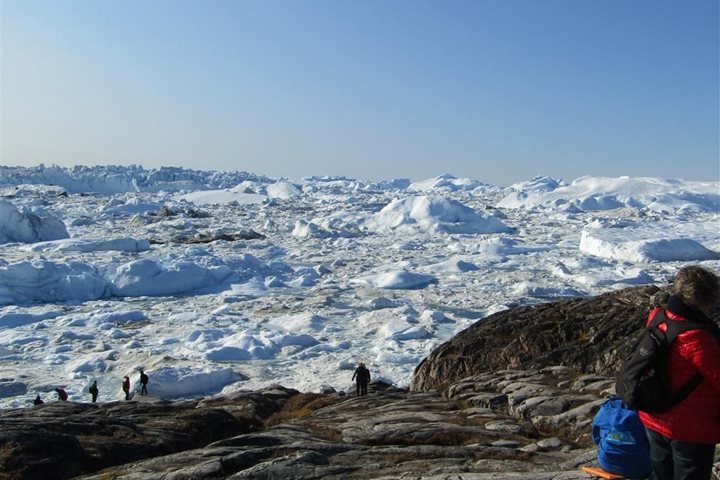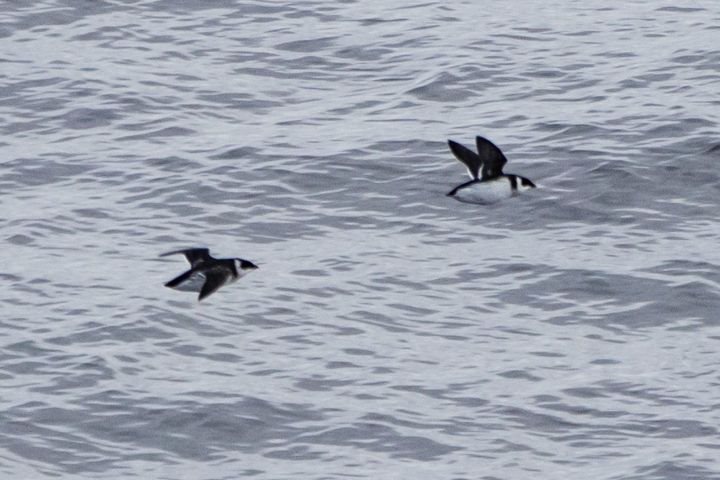Today we travelled back to the Ice Age. Ilulissat is Greenlandic for “icebergs,” and they were everywhere. National Geographic Explorer had to run the gauntlet through iceberg alley to reach our anchorage in Disko Bay, just offshore of Ilulissat, Greenland’s third largest settlement.
The Earth’s changing climate is perhaps nowhere more evident than here in Disko Bay, designated a UNESCO World Heritage site. Within the last 10 years, the glacier Sermeq Kujalleq has doubled its speed, moving an estimated 150 feet every day. The calving events at the head of Icy Fjord produce an estimated 10% of all the icebergs calved from the Greenland icecap, making it the most productive glacier in the world. It’s thought that the iceberg that sunk Titanic had its origin here, but no one will ever know for sure.
Our own eyes witnessed a gallery of ice as we headed out on local boats to navigate the ice-choked fjord. It takes more than a year for these massive ice sculptures the size of skyscrapers to reach the submerged end moraine where they become grounded for months. Each iceberg is a unique piece of art, never to be repeated again, making them an addictive photographic subject.
Melting icebergs create a productive marine ecosystem for fish, krill, and the animals that consume them. Humpback, fin, and minke whales were observed feeding along the ice front, while local boats navigated the ice fishing for Greenland halibut.
Conditions today were surprisingly warm with little wind, perfect for flightseeing, ice cruises, and hikes across the tundra to a scenic viewpoint of Icy Ford. It’s an otherworldly landscape inhabited for more than 1,000 years by the Thule and now the Inuit people who rely on the plentiful marine resources for their living.
We bid farewell to the icebergs in our wake as we set sail to the south in search of more adventures along Greenland’s scenic west coast. No doubt the ice will be in our dreams tonight.









